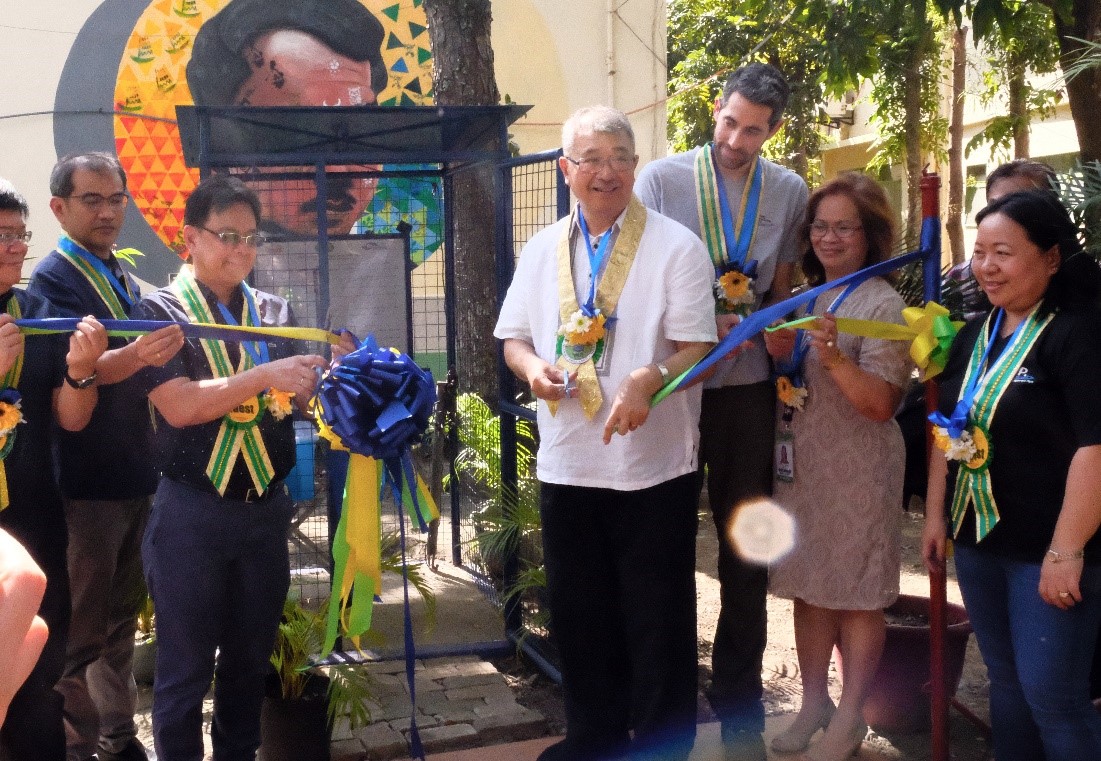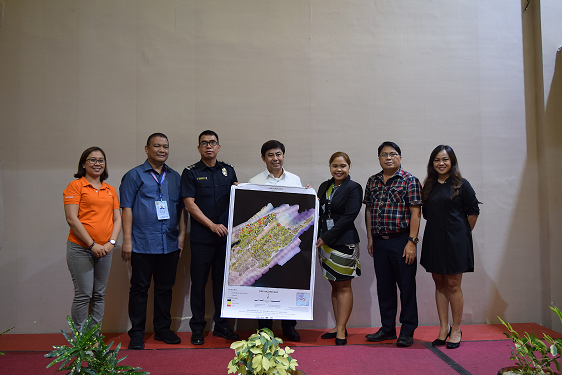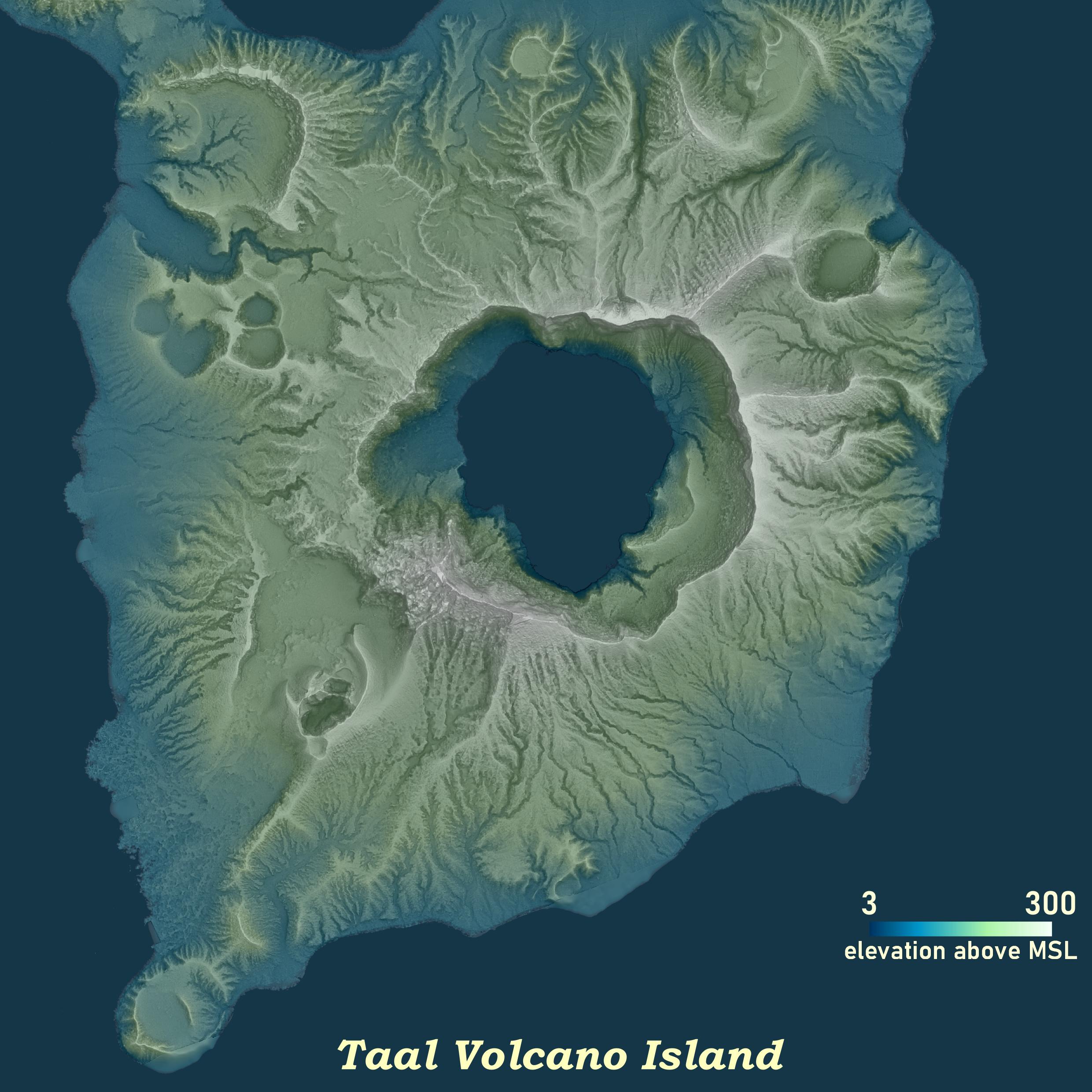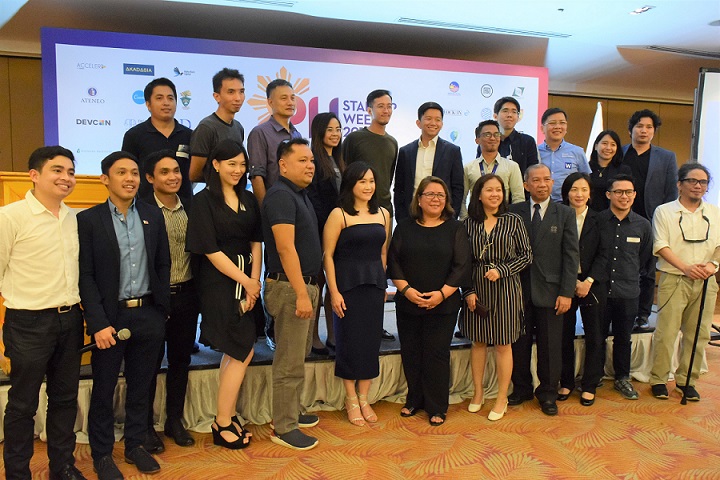Violence against women (VAW) and girls is not just a major public health problem but also a grave violation of human rights. It extremely manifests gender inequity, targeting women and girls because of their subordinate status in the society. The United Nations define VAW as “any act of gender-based violence that results in, or likely to result in, physical, sexual, or mental harm or suffering to women, including threats of such acts, coercion or arbitrary deprivation of liberty, whether occurring in public or private life.” Violence and the threats of violence can be experienced by every woman of any age, skin color, gender identity, ethnicity, religion, disabilities, economic, and social status.
Global estimates by the World Health Organization indicate that about 1 in 3 women (35%) worldwide have experienced either physical and/or sexual violence from intimate partner or non-partner in their lifetime. In the Philippines, the National Demographic Health Survey 2017 released by the Philippine Statistics Authority revealed that 1 in 4 Filipino women, aged 15-49, has experienced physical, emotional or sexual violence from their husband or partner.
Because VAW appears as one of the country’s pervasive social problems, various measures and mechanisms have been employed and implemented to address it. One of which is the 18-Day Campaign to End VAW, an advocacy campaign that is observed annually from November 25 to December 12 as mandated by Proclamation 1172 s. 2006.
The Campaign
The 18-Day Campaign to End VAW supports the Philippine government’s goal of protecting the human rights of women and girls by upholding its commitment to address all forms of gender-based violence as enshrined in the 1987 Constitution. By virtue of Republic Act 10398 or the Act declaring November 25 of every year as the National Consciousness Day for the Elimination of VAWC, government agencies are mandated to raise awareness on the problem of violence and the elimination of all forms of violence against women and girls.
Globally, the 16-day action against gender-based violence has been acknowledged to support the international campaign that originated from the first Women Leadership Institute at Reuters University, New Jersey, USA in 1991. The observance of this campaign started in November 25, which is the International Day to Eliminate VAW up to December 10, which is the International Human Rights Day, to emphasize that VAW is a human rights violation and to ensure better protection for survivors and victims of violence. In 2002, the Philippine Government, through the Philippine Commission on Women and key stakeholders joined the global campaign, initially to push for laws and the establishment of institutional mechanisms to address VAW.
In 2006, then President Gloria Macapagal-Arroyo signed Proclamation 1172, extending the national campaign to 18 days, thereby including December 12, a historic date that marked the signing in the year 2000 of the UN Protocol to Prevent, Suppress and Punish Trafficking in Persons, especially Women and Children, to supplement the UN Convention Against Transnational Organized Crimes.
The campaign was further strengthened in 2008 when the United Nations Secretary General launched the UNiTE to End VAW Campaign, which envisions a world free from all forms of violence against women and girls. For the UN, this vision can only be realized through meaningful actions and ongoing political commitments of national governments, supported by adequate resources.
2019 Campaign Theme and Objectives
The Philippine Commission on Women, in coordination with Inter-Agency Council on Violence Against Women and Children (IACVAWC), is tasked to lead, monitor, and evaluate the annual nationwide observance of the 18-Day Campaign to End VAW. Adopting the theme “VAW-free community starts with Me” for year 2016 to 2021, the campaign emphasizes everyone’s commitment and contributions on ending VAW, and presents an ideal picture of a VAW-free community, thus inspiring the general public to make a personal commitment to end violence against women and children.
This year’s campaign continues to underscore the significant role of individuals, especially the youth, in fighting violence against women and girls within various institutions. It focuses on Primary Prevention to reduce incidents of VAW across the country, which can be achieved by empowering individuals to know and claim their rights, and to educate them where to seek help in cases of violence.
This campaign aims to:
- Promote awareness on the forms of violence women and girls experience;
- Provide information on laws protecting women and girls;
- Feature VAW-related services that people can access and avail; and
- Gather public support for the campaign
Starts with Me
18 Things that We Can Do to Help End VAW
Woman/Girl
1. Empower yourself. Know your rights and available courses of actions in case these rights are violated.
2. Speak out and report to the authorities in case your rights are violated.
3. Encourage others to fight for their rights.
Man/Boy
4. Respect women and girls in your home, workplace, and community.
5. Join male groups promoting Anti-VAW efforts and participate in discussions to broaden your awareness on the advocacy.
6. Enlighten/advise perpetrators to seek help and join the male Anti-VAW supporters.
Government Agencies
7. Equip yourselves with apt trainings and capacity development sessions to improve service delivery for your clients.
8. Develop monitoring and evaluation strategy to assess the service to your clients supporters.
9. Let people know that you provide the services! We need to inform the public that there are government offices that they can turn to and trust to assist them towards healing and seeking justice.
Barangay
10. Ensure that your Barangay VAW Desk is functional. You can use the Barangay VAW Desk Handbook developed by PCW and DILG with partner agencies to guide you on what to do.
11.Establish linkages with local and national government agencies, as well as other organizations near your barangay where you can refer victim-survivors of VAW for needed assistance which the barangay is not able to provide.
12. Promote harmonious family and community relationships in your barangay which is grounded on mutual respect for human rights, and take proactive steps to attain a VAW-free community.
Private Sector
13. Support the Anti-VAW efforts of the government and your immediate community.
14. Establish your own Action Desks where employees and clients can go to in case VAW happens.
15. Develop internal rules to proactively ensure that your workplace is VAW-free.
Academe/Training Institutions
16. Include concepts of VAW and women’s human rights in lesson plans/lesson guides of your teaching staff
17. Continually conduct/spearhead anti-VAW advocacies in your campus, and if possible, to your immediate community through extension programs.
18. Setup a Committee on Decorum and Investigation (CODI) where students and employees can seek help
2019 Campaign Activities
The following activities are spearheaded by the PCW in partnership with key partner institutions:
- Cine Juana Digital Shorts Competition (Deadline of submission of entries: November 4, 2019, 5:00 PM PST; Awarding Ceremony: November 25, 2019).
This competition recognizes film as a powerful tool in raising awareness on violence and inspiring action to prevent it. Open to Senior High School and College students in the Philippines, the competition has the following categories: #JuanParaKayJuana (Male Point-of-View), #LabanJuana (Female Point-of-View), and #LigtasJuana (Promoting Safe Spaces).
- 2019 Youth Forum on VAW (November 25, 2019 l 9:00 AM – 5:00 PM l PICC, Pasay City)
The PCW, in collaboration with the IACVAWC members and other partners, shall hold a forum involving youth participants. The forum shall serve as a venue to promote the concept on non-violence and positive masculinities, and to raise awareness on VAW and other laws protecting women and girls through age-appropriate core messages.
- 18-Day Campaign Online Advocacy
Everyone is encouraged to share their advocacy activities online through the following:
- Use of official hashtag: #VAWFreePH and making their posts public to generate traction online
- Use of 18-Day Campaign to End VAW Facebook Profile Frame available through the PCW FB page
- Feature the 18-Day Campaign to End VAW in agency websites and social media accounts
- Sharing the social media cards that PCW will release through its official Facebook and Twitter accounts







